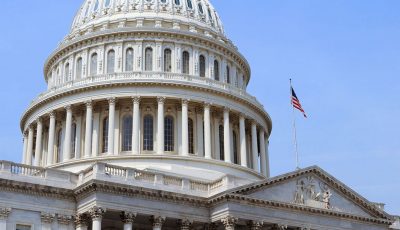Kilili: NEPA gives public a voice in buildup proposals
WASHINGTON, D.C.—Delegate Gregorio Kilili C. Sablan (Ind-MP) submitted the following statement yesterday in support of the National Environmental Policy Act process that is allowing hundreds of Commonwealth residents to voice their views on the CNMI Joint Military Training Environmental Impact Statement.
Sablan entered his remarks in the record for a House Natural Resources Committee hearing on “The Obama Administration’s CEQ Recently Revised Draft Guidance for GHG Emissions and the Effects of Climate Change,” guidance that has already been incorporated in the CJMT EIS.
•••
Mr. Chairman:
Ask anyone in the Northern Mariana Islands today about the value of the National Environmental Policy Act of 1969 and I think you will find resounding support. Because today we are in the middle of reviewing a proposed expansion of activity by the U.S. military on property already leased from us on the island of Tinian and on public lands on the island of Pagan, where up until now the military has had no presence. If it were not for NEPA, the military might never have had to explain their plans to the public or estimate what the costs would be to our environment and way of life. And were it not for NEPA, the public would have had little or no opportunity to comment or criticize or question the impact of the military’s plans.
Today’s Natural Resources Committee hearing is intended to show that the National Environmental Policy Act is being abused by the Administration’s new guidelines on inclusion of climate change effects in environmental reviews. Some members of the Committee may say this is one more example of government red tape and over regulation.
I would disagree. It is true that NEPA review can be complex, tedious, slow. But most of the people I represent in the Northern Mariana Islands would say they appreciate the complexity and the thoroughness of the environmental impact statement that NEPA required the military to prepare for its proposed actions on Tinian and Pagan. Many of the people I represent, including the Governor of the Commonwealth and other elected officials, even argue that the process should be slower, should allow more time for the public and for technical and scientific experts to review the military’s actions, which could have long-lasting and profound impact on our community.
Public meetings on Tinian and on the island of Saipan have been very well attended and the military will now have to take into consideration the comments of hundreds of residents, as well as the more formal responses from our government entities. But neither the lengthy exposition of the military’s plans and the impacts of those plans contained in the draft EIS nor the opportunity for public review and comment might have occurred without the National Environmental Policy Act of 1969. This Act declaring that it is our national policy to protect our environment has stood the test of time. NEPA has proven its worth by forcing the federal government to explain the consequences of its actions in a way that must be thorough and transparent. And NEPA has proven its worth by empowering ordinary Americans – like my constituents today – to stand up to their government and say no, when government threatens to take actions that could damage our environment, or, as I call it, our home. (Office of the Delegate)



























